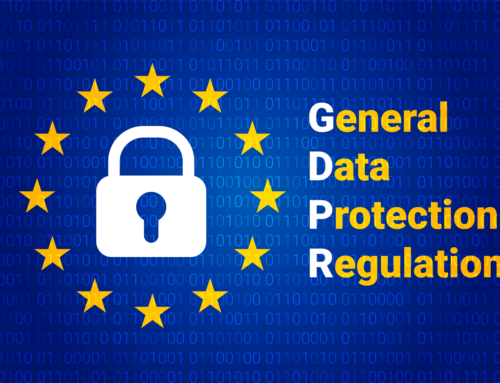A new academic study from the University of Massachusetts and Georgia Institute of Technology has found a connection between donor well-being and their generosity, suggesting that designing direct mail campaigns that makes people feel happy will be an effective way to encourage donations.
The concept explores the concept of “preheating,” by replicating the warm glow often associated with post-donation moods. While psychologists are familiar with this idea, the study is the first to identify the impact of this on charitable giving.
Using natural language processing tools the sentiment of communications donors sent before and after they made a donation were analysed. The researchers detected a reliable and statistically significant mood boost in communications sent up to about an hour before donating. The “preheating” associated with donating roughly equalled the joy you might feel on discovering long-forgotten money in the pocket of an old coat. The buoyant mood lasted for about 30 minutes after the donation before returning to baseline levels.
The second part of the study asked participants to decide how to split an amount of money between themselves and a charity. They showed some participants a clip of Hakuna Matata from The Lion King, while others watched a science video about microbes. The researchers found that those who watched the singing warthog and meerkat donated seven per cent more to charity and were more likely to give away the entire amount than those who watched the microbe video. The results support the overall finding that mood influences giving.
In light of these findings, the study concluded that the practice of “preheating” potential donors with uplifting content has the potential to significantly boost donations, and one channel that stands out as particularly effective for this purpose is direct mail. What makes direct mail a compelling choice is the fact that it is proven to make people feel happy. A report by Gallup revealed that a staggering 94% of people claim that receiving mail, including direct mail, has a positive impact on their mood. The simple act of letters falling through the letterbox brings a sense of anticipation and excitement. Consequently, it is only logical that a direct mail campaign, infused with positive messages, especially those that emphasise the profound impact of the charity and heartwarming success stories, would result in increased giving.
But – and it’s a biggie – the importance of data hygiene for charities cannot be overstated. Understanding who they are sending direct mail to is a fundamental aspect of ensuring the success of charitable campaigns. By maintaining clean, accurate, and up-to-date donor databases, charities can better tailor content to individual preferences and past interactions, making the “preheating” process even more effective. Data hygiene also helps avoid the risk of sending irrelevant or duplicate materials, which can have a detrimental impact on donor satisfaction. In essence, a commitment to data hygiene is the linchpin that ensures that charities maximise the positive impact of their direct mail campaigns, fostering happier, more engaged donors who are more likely to give generously and consistently.





